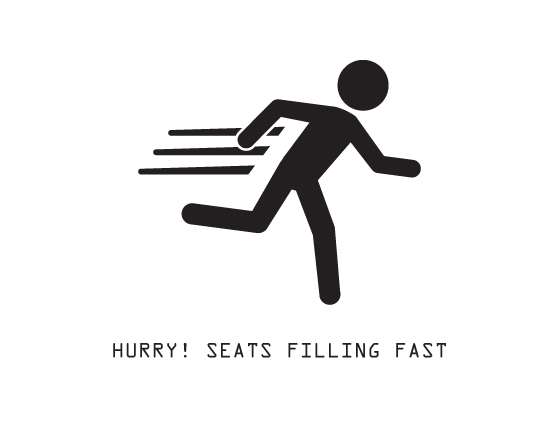The tendency to be more sensitive to possible losses than to possible gains is one of the best-supported findings in behavioural science. Nobel laureate Daniel Kahneman and his colleague Amos Tversky were the first to test and document the notion of ‘loss aversion’ – the idea that we are more motivated to avoid losses than we are to acquire gains.
Loss aversion affects a lot of our decisions, in finance, negotiation, persuasion, etc. One consequence of loss aversion is that it makes inexperienced investors to prematurely sell stocks that have gained in value because they simply don’t want to lose what they’ve already gained. (We had also written about it in ‘Why we sell the wrong stocks’) Similarly, the desire to avoid any potential for a loss also makes investors to hold on to stocks that have lost value since the date of purchase. Because selling the stock would mean taking a loss on the investment, which most investors are reluctant to do, a decision that often precedes further stock price decline.
Another popular example of loss aversion is the debacle of New Coke. From 1981 to 1984, Coca-Cola company tested its new and old formulas in taste tests amongst two hundred thousand people across twenty-five cities. 55% of people preferred New Coke versus 45% who preferred the Old Coke. Though most of the tests were blind, in some of the tests people were told which was the New and Old Coke. Under those conditions, preference for New Coke increased by an additional 6%. Why did New Coke fail inspite of such extensive research?
Says Robert Cialdini, Professor of Psychology and Marketing at Arizona State University and advisor to Obama “During taste tests, it was New Coke that was unavailable to people for purchase, when they knew which sample was which. So they showed an especially strong preference for what they couldn’t purchase otherwise. People at the Coca-Cola company might have said, “Oh this means that when people know that they’re getting something new, their desire for it will shoot up.” But, in fact, what the 6% really meant was that when people know what it is they can’t buy, their desire for it will shoot up. Later when the company replaced Old Coke for New Coke, it was Old Coke that people couldn’t have, and it became the favorite.”
For people losing Old Coke was more valuable than gaining New Coke. What this means is that to make messages more persuasive they should be framed to avoid losses more than acquire gains. So a message like ‘Shop till you drop at 30% discount’ could be more persuasive if framed as, ‘Don’t miss the chance to shop at 30% discount’. The latter implies that the deal is scarce in some way (e.g. limited time) and that people could be losing the opportunity to get a good deal.
Sources: Daniel Kahneman and Nathan Novemsky – The Boundaries of Loss Aversion – Journal of Marketing Research 42:119-128 (2005)
Ziv Carmon and Dan Ariely – Focusing on the Forgone: How value can appear so different to buyers and sellers – Journal of Consumer Research (2000)
G.R. Shell – Bargaining for advantage (1999)
